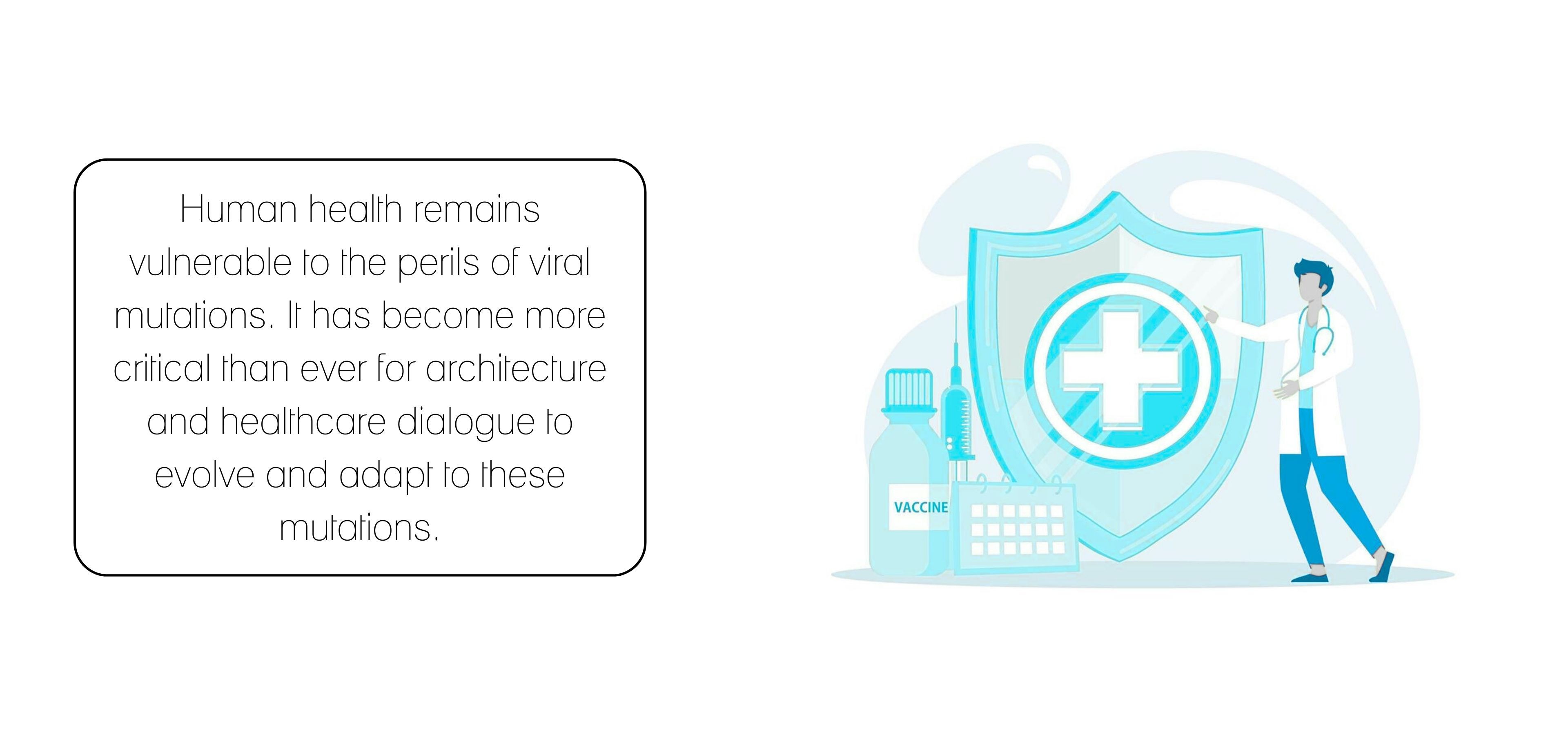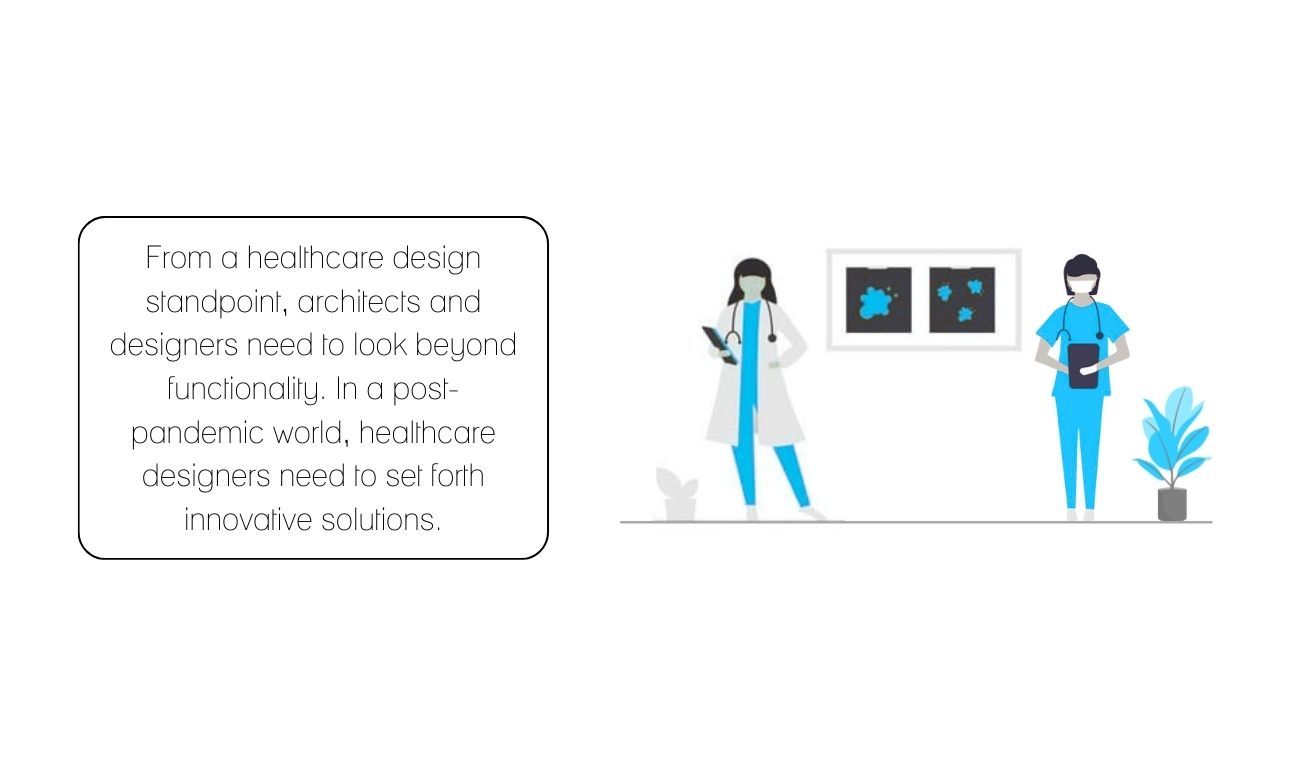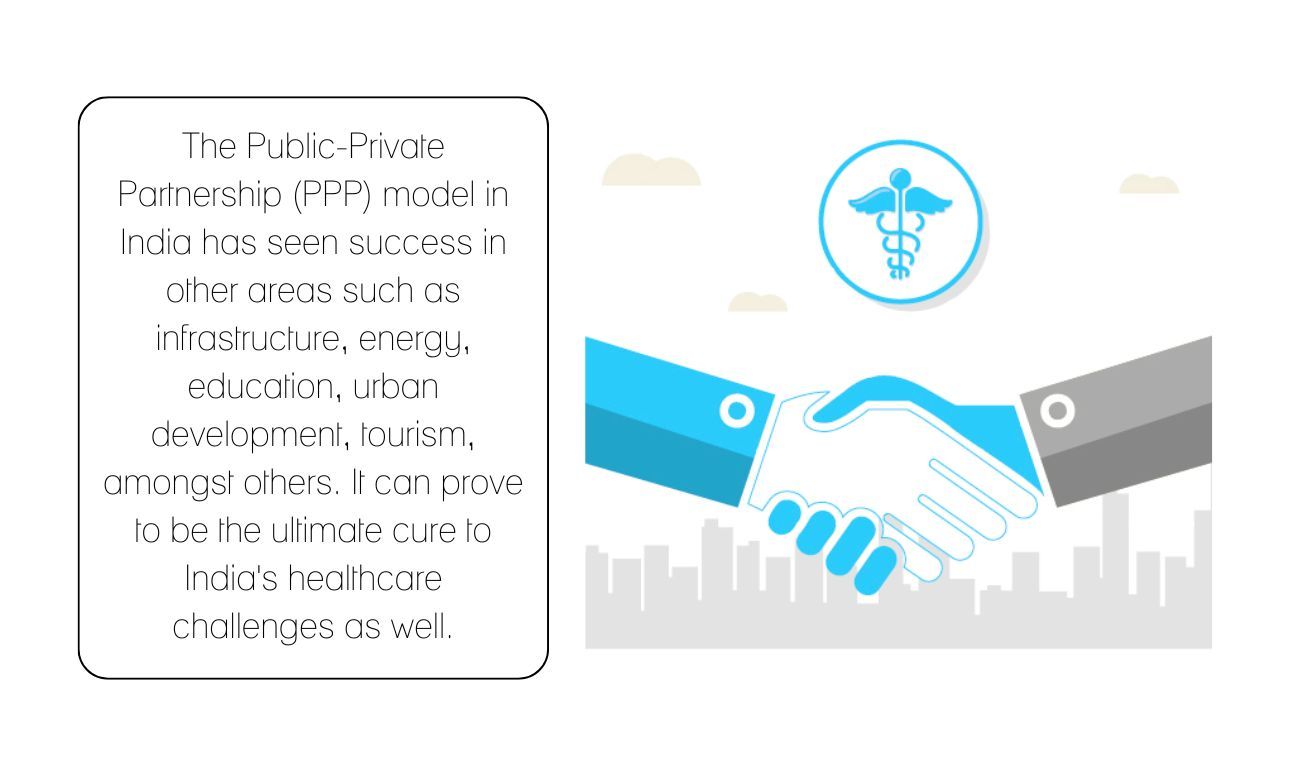

15-12-2021
Post-Vaccine Healthcare Design Ravideep Singh

The COVID-19 pandemic has changed the definition of normal for most of us. Hospitals and healthcare systems across the world crumbled under the weight of the virus. The uncertainty that the viral outbreak brought along with it has altered the way we live, travel, work and our perceptions about health and safety. Technology has changed care, efficiency and improvement in healthcare, and architects and planners are relooking at the design of these healthcare facilities. While some of these changes may be temporary, some fundamental changes in our approach to healthcare design will help sustain the pressures of future outbreaks.
The post-vaccine healthcare design strategy needs to broaden its horizon beyond hospitals to institute a healthier and more resilient population with better endurance against infections, ailments, or future pandemics. After the devastating effects of the first and second waves of COVID-19 in India, it is crucial to understand that the vaccine is not a milestone. Human health remains vulnerable to the perils of viral mutations. It has become more critical than ever for architecture and healthcare dialogue to evolve and adapt to these mutations and changes around us, aiming towards creating environments that score high on sterility, quality air, water, light, and overall health and wellbeing.
Architects must also deploy short term and immediate strategies of flexibility and resilience simultaneously to combat unprecedented catastrophes and pandemics. Hospitals need to be designed to have a scalable surge capacity. Overall, planning is as critical as attention to detail. Additional medical gases and electrical outlets in ancillary or public areas planned for accommodating beds should be concealed. Strategically locating healthcare facilities around existing infrastructure would allow hospitals to expand capacity. In addition to the planning and segregation of infectious and non-infectious zones, the mechanical systems in healthcare buildings are critical and enable hospitals to ‘react’ with efficacy.
As healthcare architects and planners at CDA, we understand the criticality of designing adaptable, sustainable, and responsive hospitals that focus on patient care and experience. With a commitment to improving the healthcare scenario in India, we are optimistic that with architects working in partnership with doctors, researchers and tech giants, an evolved healthcare ecosystem awaits.













